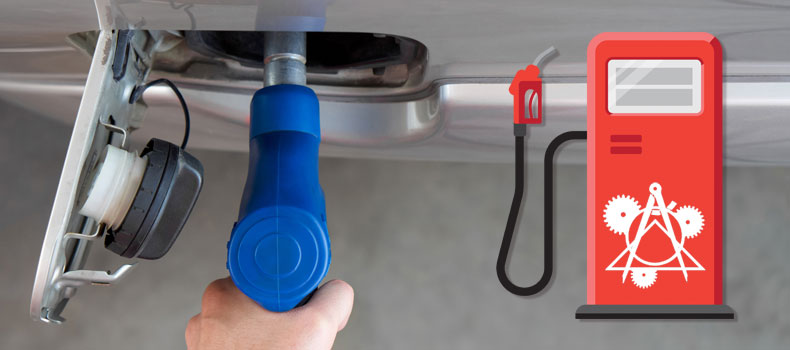Welcome to a Leader in Industrial Solutions Since 1974
Our Customers: A Partner for the Future
Welcome to a Leader in Industrial Solutions Since 1974
Our Customers: A Partner for the Future

Introduction:
This case study highlights the successful collaboration between Glaze Tool and Engineering and an Industry Leading Pump Manufacturer to achieve significant improvements in production output and workplace safety. By implementing an automated assembly conveyor system with integrated quality control stations, the pump manufacturer was able to increase production capacity by over 100%, while reducing work-related injuries and improving overall operational efficiency.
Client Background:
The Industry Leading Pump Manufacturer is a well-established leader known for its high-quality pumps used across various industrial applications. However, the company faced mounting challenges in meeting growing customer demand while maintaining a safe environment for its workforce during the manual assembly process.
Problem Identification:
The pump manufacturer identified two major pain points:
• a) Production Constraints: The manual assembly process limited production capacity, causing delays in fulfilling customer orders and resulting in missed business opportunities.
• b) Workplace Safety: The manual process posed substantial risks to workers, leading to frequent injuries and an average of 12 workers’ compensation claims per year—each costing approximately $70,000.
Solution Implementation:
Glaze Tool and Engineering partnered with the pump manufacturer to design and install a tailored automated assembly conveyor system, complete with integrated quality control stations. The key components of the solution included:
• a) Automated Assembly Conveyor: A fully customized conveyor system was developed, featuring multiple automated stations and material-handling mechanisms. This design reduced manual involvement and minimized assembly errors.
• b) Quality Control Stations: Strategically positioned along the assembly line, these stations utilized advanced sensors and inspection technologies to assess component quality in real-time.
• c) Real-Time Monitoring and Feedback: Intelligent systems monitored each unit's quality, triggering alerts for any deviations from standards so operators could act immediately.
• d) Safety Measures: Comprehensive safety mechanisms—including sensors, emergency stop buttons, and protective barriers—were built into the system to protect workers.
Data Collection and Analysis: Optimizing Performance:
To enhance the impact of automation, Glaze Tool and Engineering also implemented a robust data collection and analysis system. This system included strategically placed sensors that tracked:
• Production rates
• Cycle times
• Downtime
• Energy consumption
The data was stored in a centralized database and analyzed via custom dashboards and analytics tools developed in collaboration with the manufacturer's team. These insights allowed the company to:
• Identify bottlenecks and inefficiencies
• Optimize robotic programming (e.g., resolving a misalignment issue that was slowing one task)
• Schedule preventative maintenance based on downtime patterns
• Discover energy-saving opportunities
As more data was collected, continuous improvements were made, fine-tuning the system for even greater performance gains.
Results and Benefits:
• a) Production Capacity Doubled: Automation drastically cut cycle times and streamlined workflows, doubling production capacity and enabling faster fulfillment of customer orders.
• b) Reduced Work-Related Injuries: With less manual labor and repetitive strain, the company saw a dramatic drop in injuries and workers' compensation claims—saving approximately $840,000 annually based on historical claim costs.
• c) Enhanced Operational Efficiency: The integration of quality control and real-time monitoring improved consistency, minimized errors, and strengthened inventory and supply chain management.
• d) Significant Cost Savings: Labor reductions, fewer injuries, and increased output contributed to substantial cost savings, boosting profitability and long-term sustainability.
Conclusion:
The collaboration between Glaze Tool and Engineering and the Industry Leading Pump Manufacturer illustrates the transformative power of automation in modern manufacturing. By leveraging an automated assembly system with real-time quality control and data analytics, the company not only doubled its production capacity but also created a safer, more efficient, and cost-effective operation—solidifying its position as a market leader in pump manufacturing.